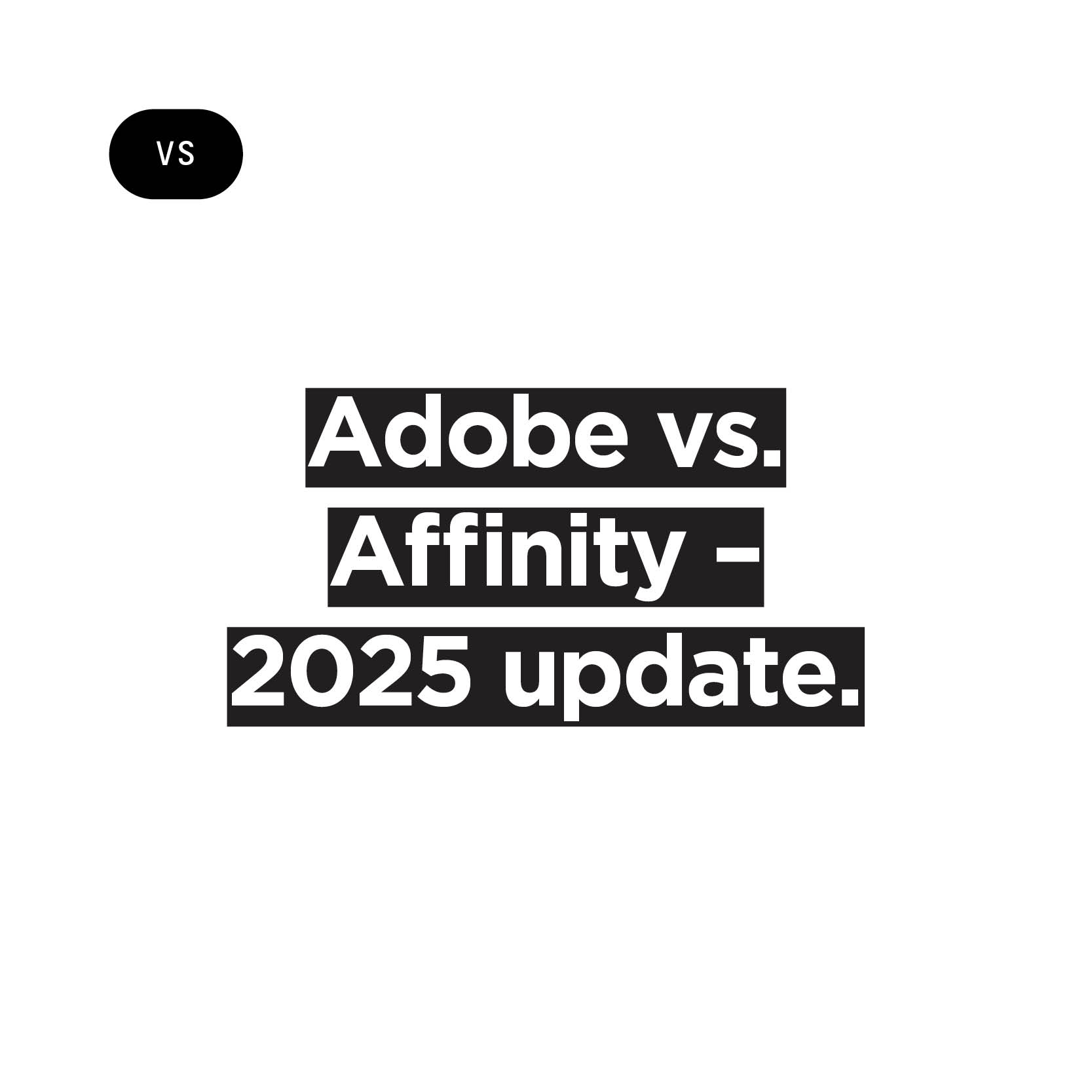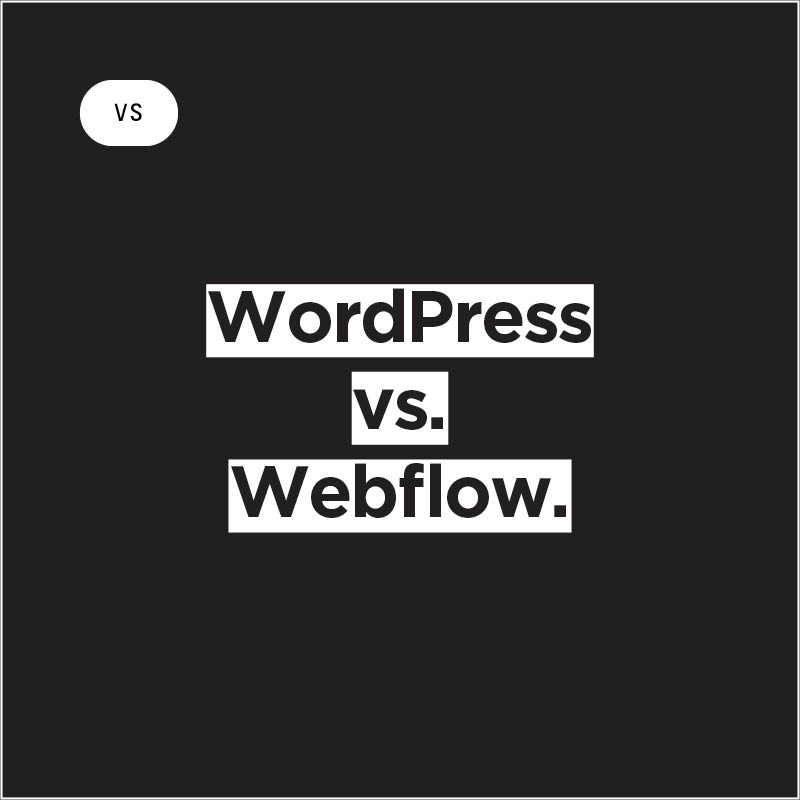
What is a logo if not a brand’s face? Eye-catching and distinctive, a good logo leaves a mark on your audience, making a brand unique and memorable.
In marketing, logos serve the specific function of representing the company at a glance and embodying its values and offering—all while allowing it to stand out from the crowd. That’s why designing a good, effective logo requires a great deal of thought and research.
When designing a logo, our designers follow these steps:
1. Brainstorming with the client to lay a foundation for what the logo design should embody.
2. Sketch all ideas that come to mind—there is no good or bad at this stage!
3. Settle on a couple of ideas and refine key design elements.
4. Submit to the client for review.
Sounds easy enough, no? Well, there is something else to keep in mind when designing a logo: the key design principles.
While there are several ways to design an effective logo, our designers consistently follow these ten essential logo design principles, which make their job much easier and the finished products much more effective.
Here are the ten logo design principles that guide our design practice. To be effective, your logo design must be…
1. Simple
We know, it’s hard to stop when the creative juices start flowing. As graphic designers, we might be tempted to let our artistic flair take over and come up with the most striking and intricate designs. Doing so, however, we lose track of the key objective of a logo: communication. More than being gorgeous and impressive, a logo must convey an immediate and clear sense of the brand's message; therefore, it’s best to keep it simple.
Consider also brands like Apple and Nike: their logos are memorable and striking because of their simplicity, not despite it.

2. Versatile
Depending on your client’s field, your logo design will need to be effective in a myriad of contexts, including marketing materials, apparel, websites, and billboards. It might also need to be different sizes and colours. And not only that—it’ll need to look good everywhere too! That’s where versatility comes into play: a good logo design will always be effective and visually memorable.
When designing your logo, wait until the end to add colour: if your logo is responsive and successful in black and white, that’s a good sign it’ll translate well in colour too.

3. Balanced and proportioned
The general design principles of symmetry, balance, and proportion don’t go out the window when designing a logo! Remember to keep all elements of your logo design balanced (meaning that the weights are consistent) and proportionate (meaning that the elements of your logo design relate to each other in a, well, proportional manner).
A symmetrical design will always be a sleek and effective solution, but you can also balance out visual weight using fonts and colours that complement each other.

4. Scalable...
As we mentioned earlier, effective communication is the primary goal of an effective logo: it needs to convey everything relevant about the brand, from its values and mission to its personality. As mentioned earlier, your logo design needs to be effective in multiple contexts—whether printed on merchandise or displayed on a phone screen.
For the same logo design to fully communicate its message, it needs to be fully scalable: this means that your logo won’t lose all its details when scaled down, which would make it ineffective in smaller products.

5. …and readable
Readability is another key feature, especially if your logo features text. Each element of your logo—typefaces, details, decorative motifs…—should be clearly readable even when the logo is scaled down.

6. Relevant…
What does it mean for a logo to be relevant? A good logo must be aligned with the company’s purpose, industry, and brand identity. In short, your logo design should, at a glance, give the viewer a good general idea of what the brand is all about.
Speaking of the viewer, a good logo must also be relevant to the company’s target audience: for example, a kidswear label will benefit from a colourful, reassuring, and playful logo.

7. …and brand-appropriate
Relevance and suitability to the brand go hand in hand: your logo design should not only align with the company’s purpose, but also align with the brand’s industry and reputation. For example, unlike the kidswear label we mentioned earlier, a law firm will require a logo that inspires trust, gravity, and reliability. A tech company, on the other hand, will need a modern, sleek logo that projects innovation.

8. Timeless
Designers will be familiar with the eternal struggle between following the latest, shiny design trends and ensuring their design is enduring and timeless.
The easiest way to ensure your logo design remains appropriate for years to come, is to refer to the previous point of relevance: if your logo design truly encapsulates the brand’s key principles, policies, and brand identity, it will avoid looking dated and survive future rebrands.

9. Memorable
After ensuring that your logo design is timeless, relevant, and brand-appropriate, the next step is to make it memorable. Every effective logo needs a “sticky” factor to draw the audience in. And the good news is, if your design is timeless and relevant to the brand, it probably already has that it-factor we’re looking for.

10. Original
Originality might be easy to take for granted—it goes hand in hand with creativity, no?— but it’s nonetheless an important design principle to keep in mind. Originality is what sets human intellect apart from emerging generative technologies like AI and free logo generators: while the former will tailor the design to the client’s needs, the latter will necessarily create derivative and generic logos, which will prevent the brand from standing out in its field.
Looking to freshen up your logo? Jump’s experienced design team will be more than happy to assist you. Contact us at hello@wearejump.co.uk for a quote!


